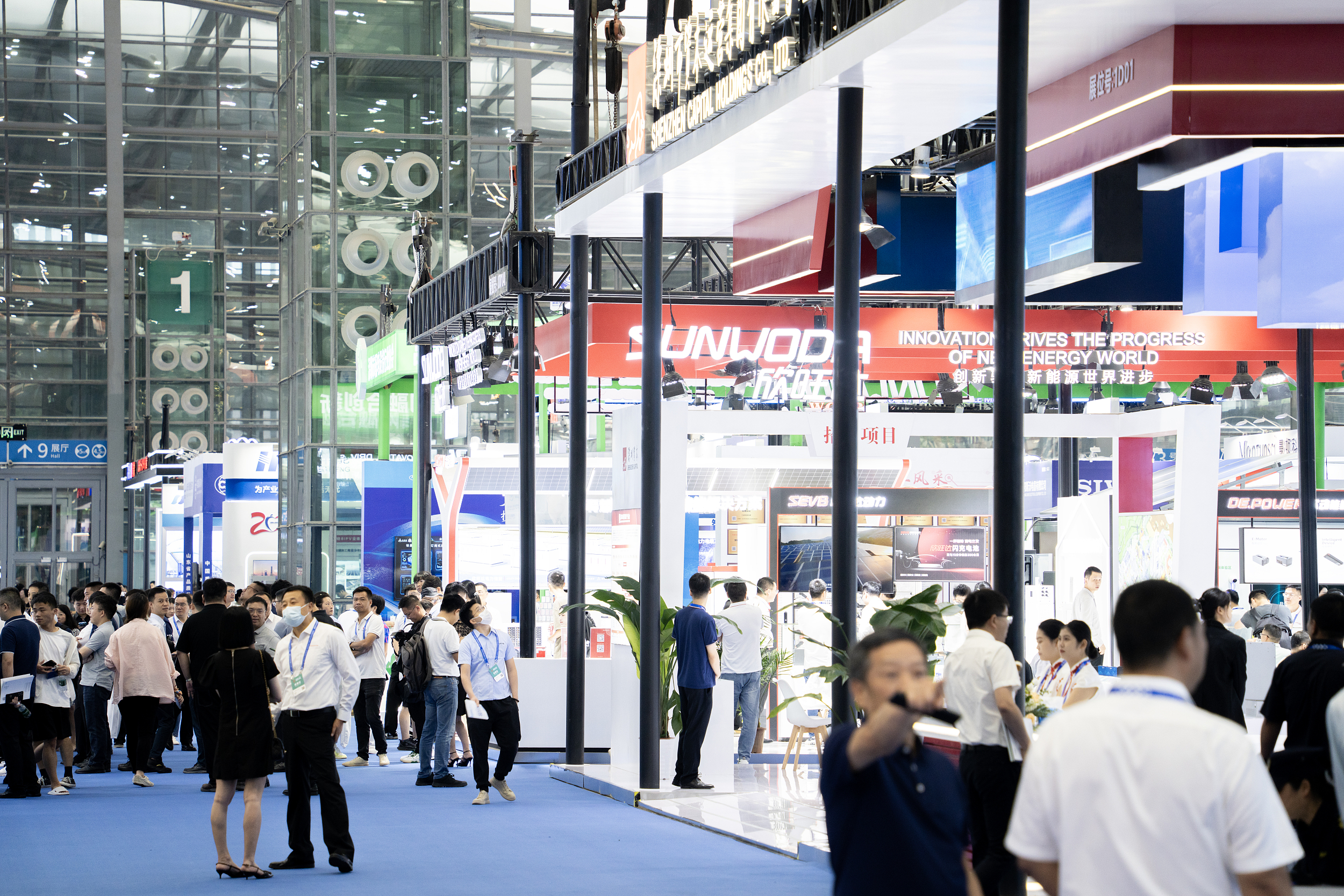Shenzhen Releases Virtual Power Plant Regulation and Management Cloud Platform 3.0

The Shenzhen Municipal Development and Reform Commission and the Shenzhen Power Supply Bureau of China Southern Power Grid Company recently released a virtual power plant regulation and management cloud platform 3.0.
The platform aims to promote the development of the virtual power plant industry in a greener, more efficient, and more digital manner.
A virtual power plant is a system of distributed energy resources — like rooftop solar panels, electric vehicle chargers, and smart water heaters — that work together to balance energy supply and demand on a large scale. They are usually run by local utility companies who oversee this balancing act.
"The Shenzhen virtual power plant regulation and management cloud platform was launched at the end of 2021 and serves as the 'commander-in-chief' of the city's virtual power plants. Building on previous version, we have made iterative improvements, particularly in the low-carbon dispatch mechanism, which is a significant area of research in the industry," said Cheng Renli, general manager of the Shenzhen Virtual Power Plant Management Center.
Utilizing a combination of "power + computing power" technologies — including green power tracking and remote signaling — the platform begins at the local power generation source and calculates and monitors the carbon footprint throughout the power transmission process. It integrates the carbon emission data of the power system with the current supply and demand situation.
Electricity from a thermal power plant in western Shenzhen is sent to the grid through a substation. Huang Guanglei, a staff member of the Shenzhen Virtual Power Plant Management Center, found that the carbon emission factor of the nearby charging station near a substation in the region was high when he implemented an precise response to the overload situation in localized area. Then he used the platform to prioritize load reduction to achieve a load reduction of 23 kWh and a carbon emission reduction of 9,300 grams.
As of August this year, Shenzhen's virtual power plant regulation and management cloud platform had carried out 71 load adjustments, reducing carbon dioxide emissions by 2,273 tons. Launching the "low-carbon dispatch" function will achieve greater energy conservation and is expected to reduce carbon dioxide emissions by 3,000 tons this year.






